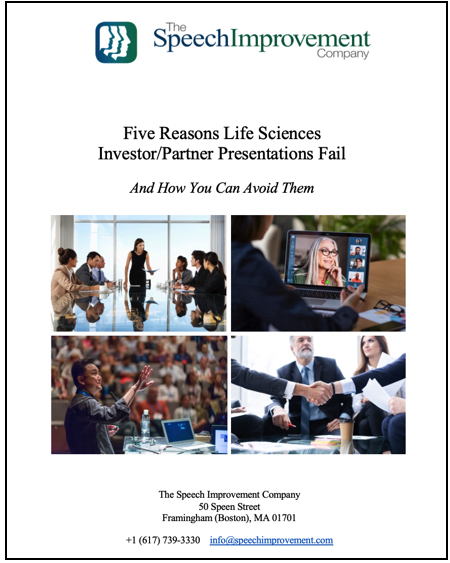I recently attended an event in Austin called Philanthropitch, a social impact fast-pitch competition. Nonprofits step onto the stage to gain access to capital and build awareness amongst new donors and volunteers. That night Philanthropitch gave away $110,000.00. No pressure, right?
I felt that every presenter did an excellent job which is a tremendous achievement. If you’d like to learn more about how to thrive in a pitch competition, you need a plan and preferably a trusted and reputable speech coach to support you.
There are many opportunities to share your pitch at competitions, and these events have tremendous benefits. You will network, build partnerships, and most importantly, you will get a chance to secure funding and elevate your business.
Pitch Competition events are both exhilarating and terrifying. Here are six ways to make your pitch stand out and gain the capital you need to get your business where it should be:
- Avoid an overly technical presentation
Technically- minded people usually produce technical presentations. If you have a large amount of data, numbers or percentages to share, be sure to balance it out with stories and images. Find a way to simplify the data to remain engaged with your listeners.
- Utilize notes carefully
No one enjoys that moment where you completely blank on what you were going to say. We find that the amount of practice required to avoid this is many more hours than most presenters think is required. Using notes can help ensure that you convey the keywords and proper message in your presentation but use them carefully. Notes can also get in the way when they inhibit the delivery technique. Don’t let your notes stress you out or slow you down.
- Find your story and weave it into a connection with the listeners
The investors or judges need to feel a connection to your organization and what you do. Storytelling can seem intimidating with the prevalence of world-class Ted talks. You don’t have to be Tony Robbins, you need to share your idea in a way that is easy to understand and will engage your listeners. Once you find your own speaker style, you can develop your story and provide valuable context.
- Be aware of what you can achieve in a short time
If you are given only three minutes to present a pitch, you need to know exactly how you are coming across. The message needs to be persuasive and maximize the VC or Investors excitement for funding your organization. By utilizing messaging, proper delivery, and extensive practice strategies, you will present in a way that inspires investors to take action.
- Relax physically
For many, the fight or flight mechanism is in full force during a presentation or pitch. At Philanthropitch I saw lots of clenched hands, shoulders creeping up towards the ears, and a clenched jaw that made breathing very difficult! Remind yourself using positive affirmations that you are safe, that the investors WANT you to be great, and that it’s not about you. It’s about the potential of your organization’s mission and why it matters.
- Don’t relax too much
After the three-minute pitch at Philanthropitch, presenters had to answer three minutes of questions from the judges. A few speakers responded to the questions by saying, “Yeah so…” or “Well, like, yeah…”, “Um, yeah.” There is no doubt that answering unexpected questions in front of thousands of people can be challenging, and yet there is no need to use these types of vocal placeholders. Take 1- 4 seconds to listen to the question carefully before responding. The judges will wait! What feels like a lifetime of silence is only a sliver of time. Simply smile, nod, breathe, and respond.
Some of the most successful pitch competition winners have utilized these six strategies. If you are not sure how to practice effectively, ask your colleagues or a speech coach for help. We can all spare a little time for practice especially if you could take home $110,000.00 or much more for your organization, nonprofit, or startup.




